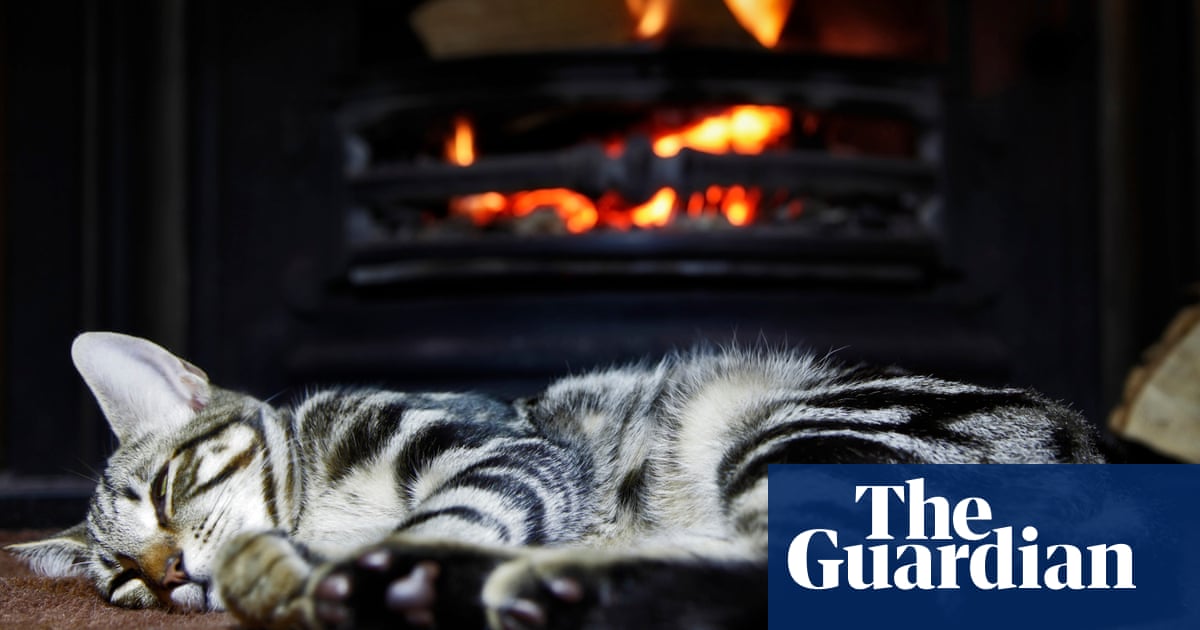
I almost die every time I see the final scene of Call Me By Your Name (three times and counting): it’s a four-minute fixed camera shot in which the lead character sits in front of a crackling fireplace with tears brimming but not quite escaping, a lip bitten as he silently contemplates his first, and lost, love. Maybe I have made it sound cheesy; it isn’t. It’s as subtly devastating as a handful of soil thrown over a coffin.
This scene would not have worked if, say, it had been the same character staring forlornly out of a window, or stroking a battered photograph kept in a wallet. Fires can be pure poetry.
Each year, when I head north to the family house for Christmas and New Year, the thing I look forward to most is stretching out in front of the fire alongside the cat; his belly hot to the touch, his chin turned upwards. In the curves of the brass fender, the Christmas tree lights reflect in blurs.
Like most writers, I have zero practical skills. Except for one: I can lay and light a fire. This comes from observing my mother doing origami with old newspaper pages, cross-hatching logs and kindling, and picking up and setting down efficiently-sized bits of coal as though they were priceless gems, with a set of delicate tongs.
A year or so ago, in January, a girlfriend and I rented a cottage by the seaside in Deal, Kent. While my partner went to collect a food order, I rolled up my sleeves and got to work on the fireplace. When she returned, sodden from the rain and carrying Tupperware filled with chicken tikka masala, the flames were bold red and orange and rippling. We ate, played Scrabble and scratched her Yorkie under its ears.
Now, I live in a flat that has fireplaces in two rooms (it is rented, alas), and I am looking up the telephone numbers of chimney sweeps. There is a local firm that has been run by the same family since 1860. The fireplaces are beautiful things: just one can add 5% to the value of a home. There is a downside, however, and that is the environmental impact of burning coal and contributing to our filthy air (which I have written about previously in these pages). At its most extreme: the pea-souper smog of 1952, which led to the Clean Air Act. Real fires, then, are recommended in moderation.
But fake ones that have to be plugged in and switched on won’t do, either. Or, even worse, digital fires on television screens. I don’t have the same objection to wallpaper of woodlands or plants but, to paraphrase John Waters, if you go home with somebody and they have a DVD of a home fire, don’t sleep with them. Home is where the hearth is.
Source: TheGuardian
